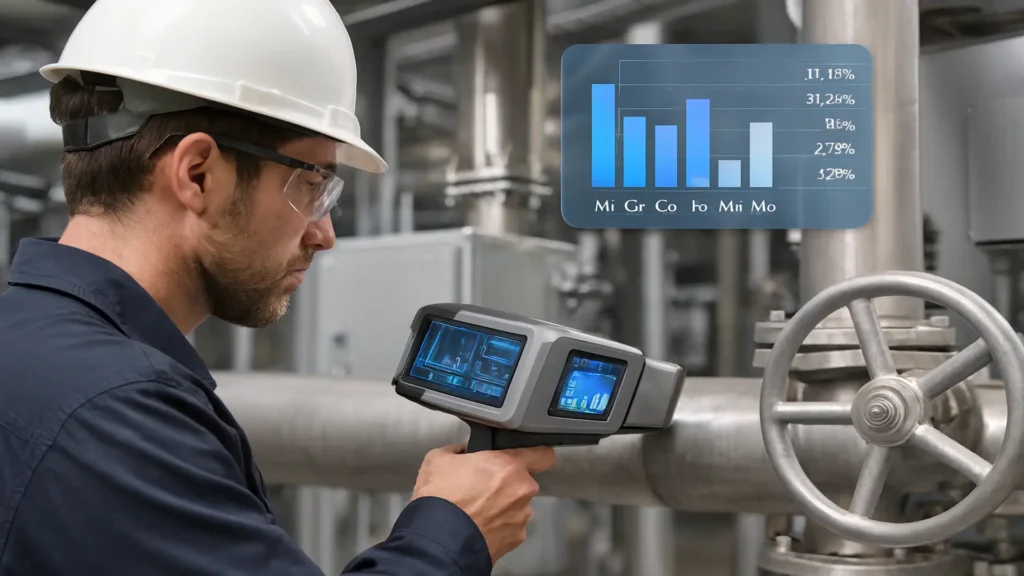
API 578 for material verification and metallurgical control
API 578 establishes a standardized framework for positive material identification (PMI) in the process and petroleum industries.

API 578 establishes a standardized framework for positive material identification (PMI) in the process and petroleum industries.
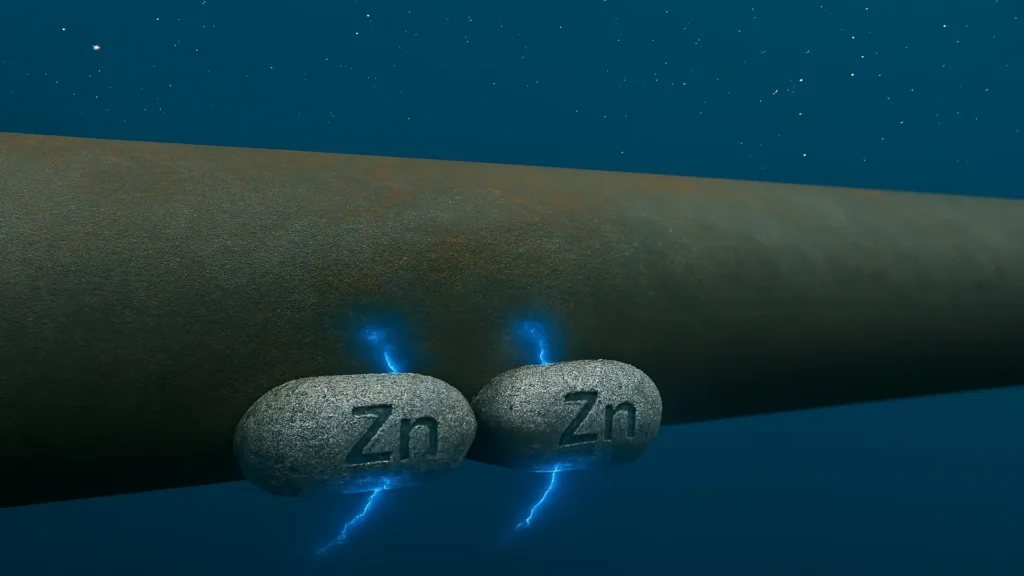
Sacrificial anodes are metal components designed to corrode in a controlled manner, transferring protective current to the cathodic structure and preserving its integrity against electrochemical corrosion processes.
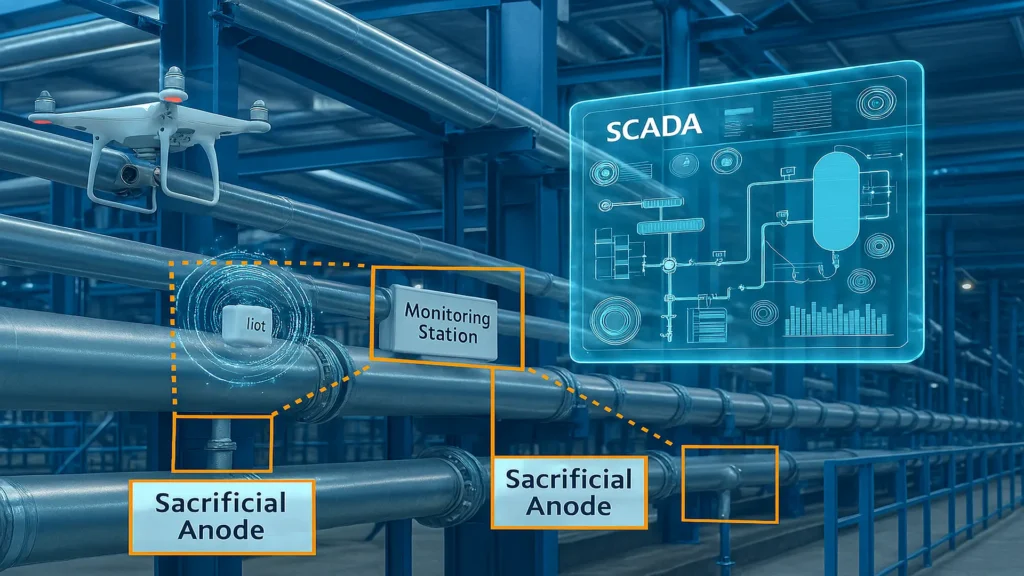
Innovations in cathodic protection are redefining corrosion prevention with more efficient and sustainable systems.

Immersive training in NDT with VR/MR in industrial inspections combines VR and MR to train inspectors safely and efficiently, simulating real equipment and scenarios without risk or excessive costs.

Corrosion at liquid product port terminals is a critical risk that affects the safety and operability of docks and metal structures.
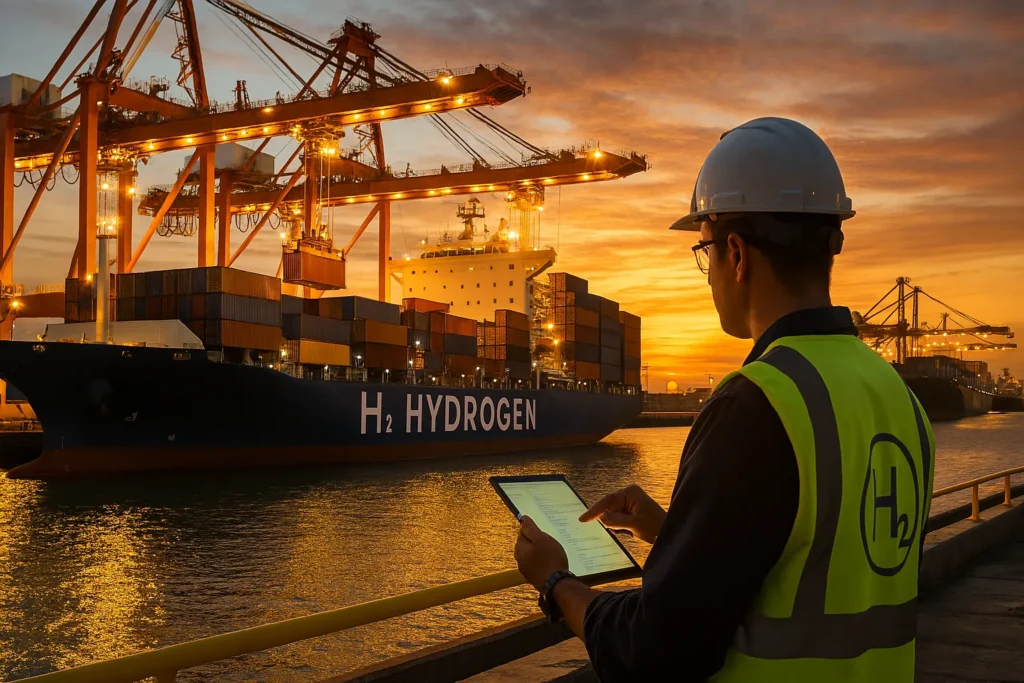
The transition to clean fuels at maritime terminals depends on both technology and human management.
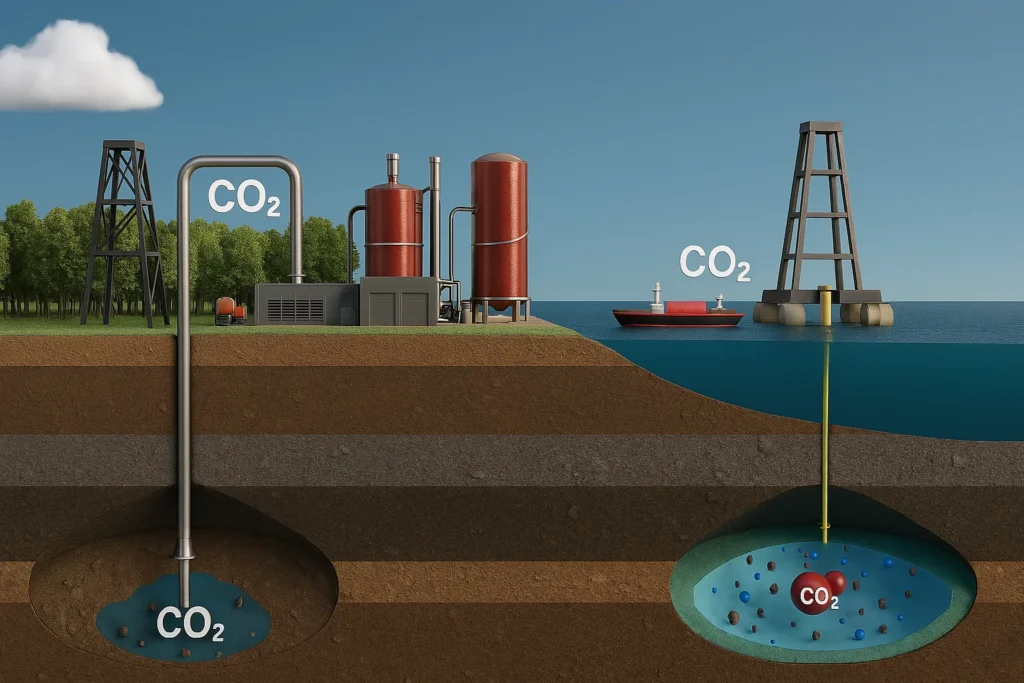
Geological storage of CO₂ offers great potential in the fight against climate change, provided that the integrity of wells used for injection and confinement is guaranteed.
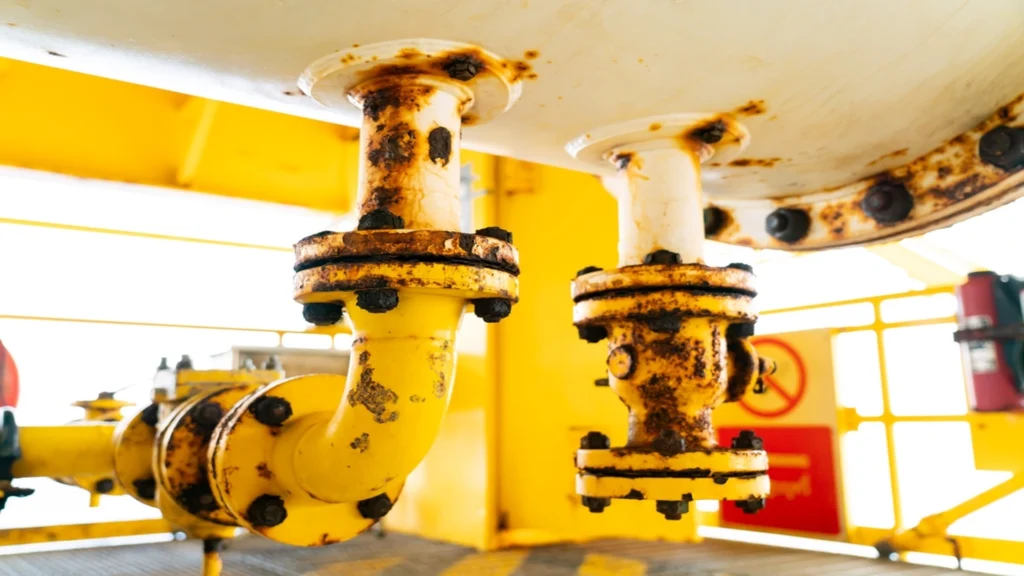
Atmospheric corrosion in oil pipelines, gas pipelines, tanks, and offshore platforms is a persistent problem that causes considerable economic losses and operational risks in the energy sector.

Innovation in marine surveillance: how satellite technologies in the maritime industry and AI enable accurate and rapid detection of oil spills on the high seas.
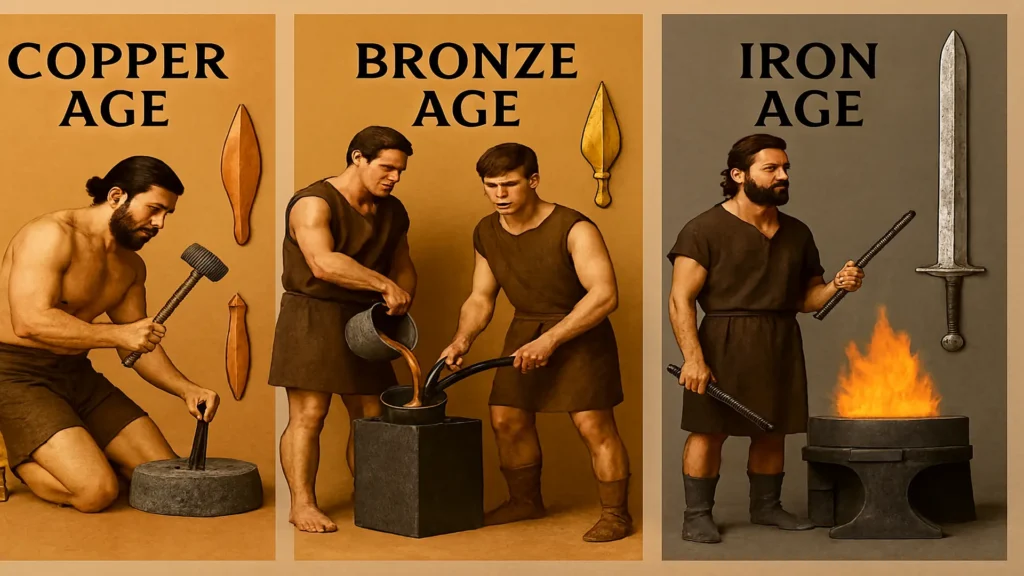
The history of metals reveals their essential role in human evolution, from copper to steel, transforming culture, economy and technology.
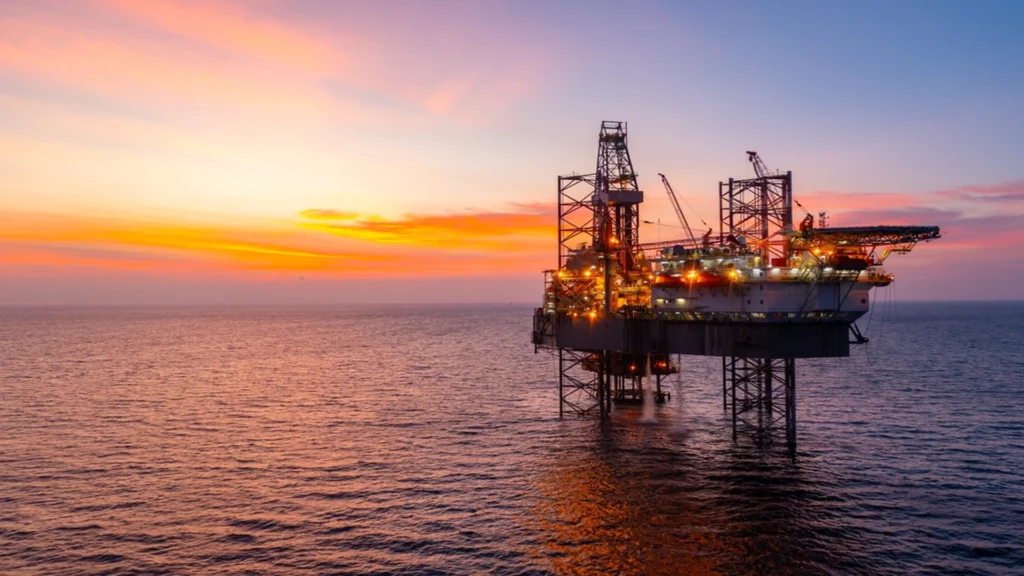
Offshore platforms are structures that, through advanced engineering, enable hydrocarbons to be extracted under certain conditions and sustain the energy supply that fuels the global economy.
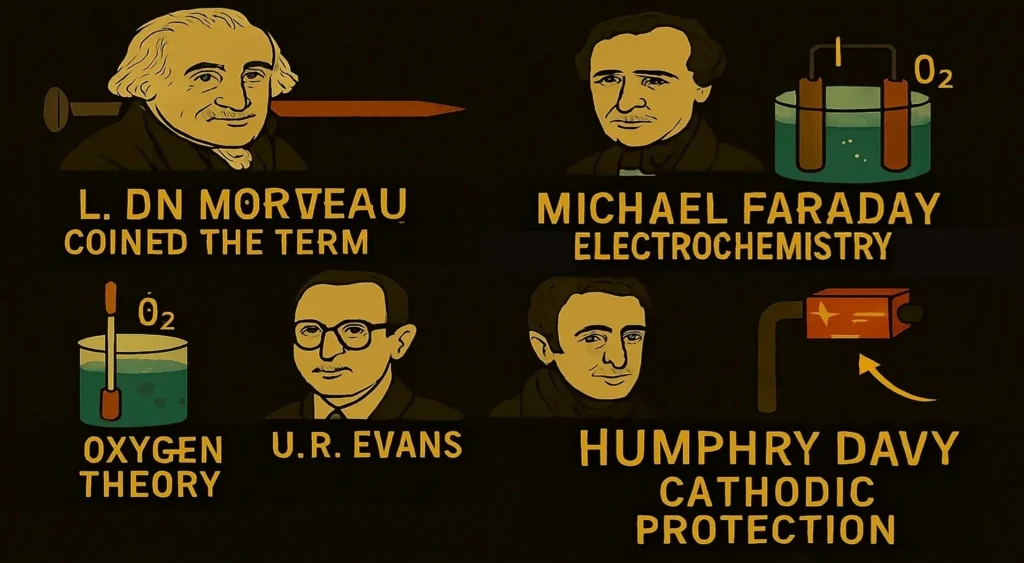
Metal corrosion has been studied since the earliest empirical observations up to modern electrochemical theories.